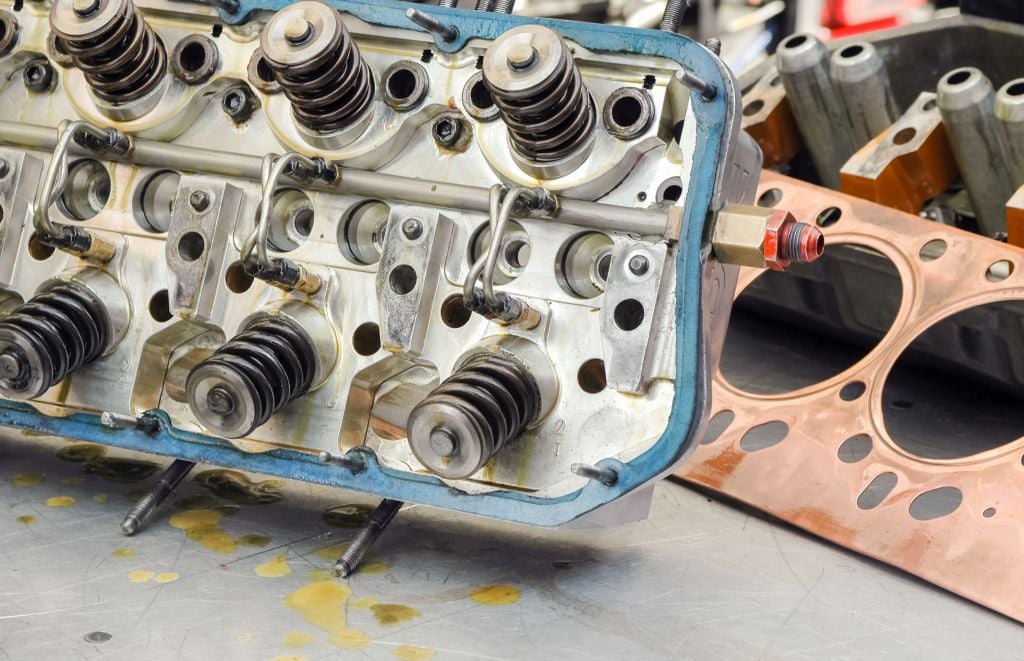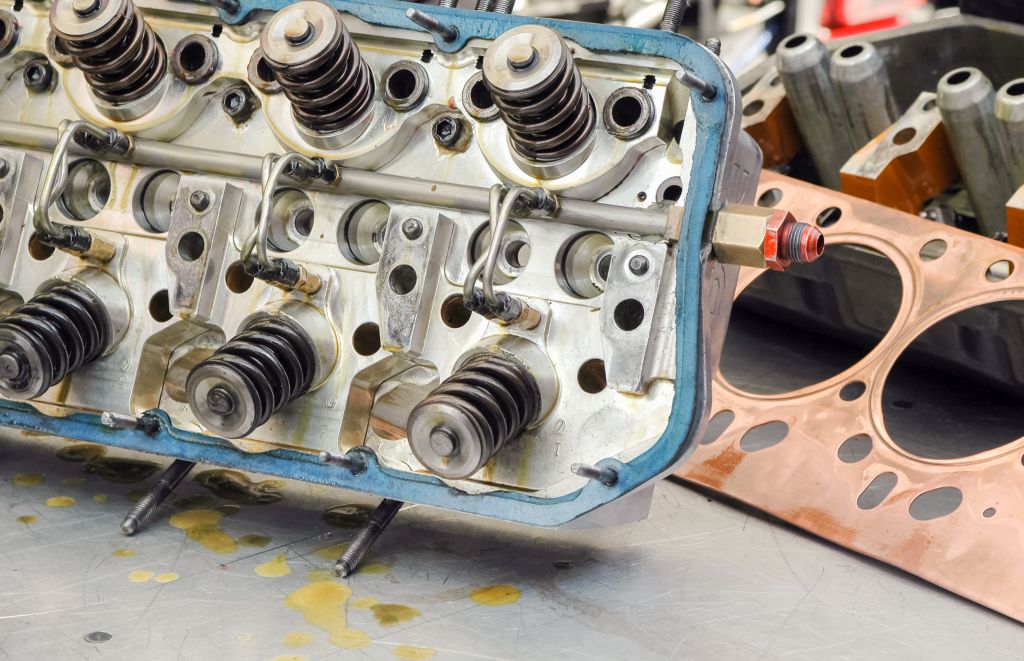Remanufacturing, also known as Reman, is the term used for the industrial process of restoring used parts. Used parts, such as engines, transmissions, and hydraulic components, are disassembled and stripped, reprocessed, restored, and tested to assure the quality standard of a new part.
Getting started with Reman
Remanufacturing is founded on these two basic assumptions:
1. That the quality of the restored parts is comparable to new parts
2. That the acquisition of restored parts is far more cost-effective than that of new parts
For this purpose, the product is inspected, disassembled, and stripped – and possible defective parts replaced. The part is then reassembled before undergoing the requisite quality testing to ensure that it meets all quality requirements and specifications.
The topic of remanufacturing has gained momentum in recent years. Where in the past only a few suppliers could offer processes for the reworking of cores (used parts), a few companies now dedicate themselves to the specialized task of advising on- and remanufacturing industrial components.
There are several reasons for this:
- The increased pricing competition, and competition in aftersales and service
- Cost-effective purchase of corresponding parts
- Conservation of resources through reprocessing
The customers benefit from lower prices, and manufacturers, retailers, and suppliers from access to a new market segment and the expansion of their portfolio. In addition to the strategic advantages, the profit margins are also higher.

Strict requirements in remanufacturing
It turns out that the establishment of remanufacturing processes is very demanding. There are several reasons for this:
Old parts (cores) must be collected and delivered for reconditioning. This entails collecting, labeling, packing, and transportation to central collection points. In particular, for those with a distribution or workshop/dealer network spread over a wide area, or with several smaller customers, this can prove an arduous task for logistics and general organization.
The parts must on arrival be identified, documented, cleaned, and disassembled. Access to comprehensive and up-to-date documentation of components, modules, and parts is essential for this, but in particular, smaller companies often struggle to obtain this.
The process design of the remanufacturing procedure must be modified to match the type and variety of used parts, and must at the same time be financially viable: i.e. the cost of the process must not exceed the revenue made from sales of refurbished parts.
The testing procedures for used parts present a particular problem since they are currently done mainly through visual diagnostics and require specific know-how – and in turn, adequately qualified personnel.
New technologies optimize processes and make remanufacturing affordable
Modern technologies such as computer vision, deep learning, and artificial intelligence (AI) can contribute to further automation of processes and help alleviate the slow-down caused by manual identification processes.
This has two main advantages:
- Identification and inbound processes are significantly faster
Automated identification of parts, components, and assemblies using appropriate solutions can drastically take the time needed to identify cores down from an average of 12 minutes to 3-15 seconds.
Identifying the core is the first step in the process chain. Only once the part has been identified is it possible to start disassembly, cleaning, and reconditioning. Saving time here has an impact on the entire process chain, adding valuable time for real process optimization and in turn, reduced costs.
- Core-identification is also possible without supporting documentation
Identifying the core is achieved with the help of AI and is done without the use of handbooks, user guides, general documentation, and other tools that, in particular in smaller companies, tend not to lend the requisite quality.
Using the appropriate technology it is still possible to initiate remanufacturing processes despite gaps in the documentation. This way the full potential of the remanufacturing processes is also available to smaller businesses.
The areas of application cover everything from commissioning and assembly, right through to the final quality control.
Do you work on establishing or optimizing remanufacturing processes?
We would love to connect with you in a personal consultation and share our wide-ranging experience from working on different remanufacturing projects. We are looking forward to hearing from you!






